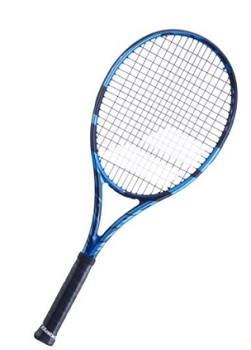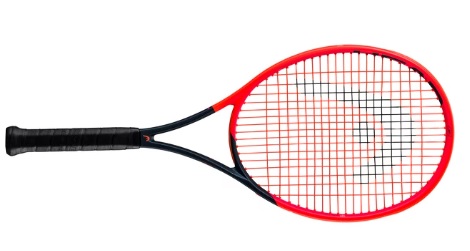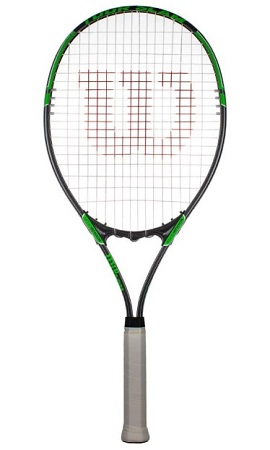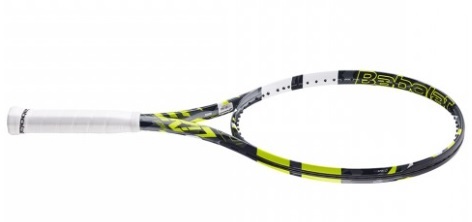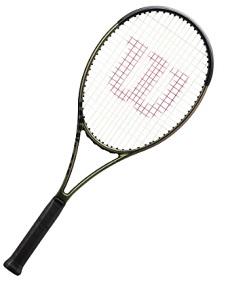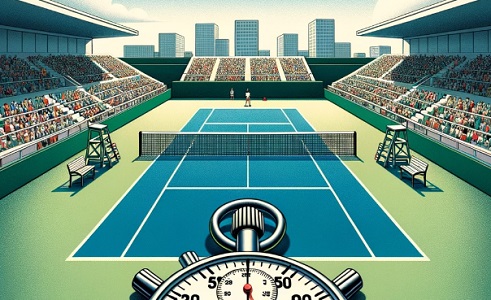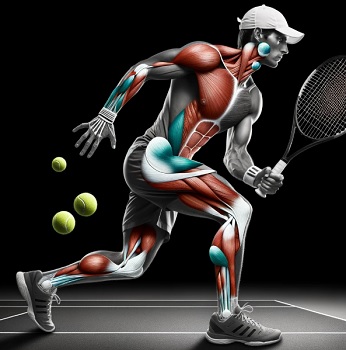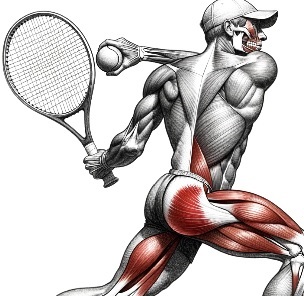Comment choisir un sac de tennis ?

Choisir un sac de tennis adapté à vos besoins est crucial pour assurer le confort, la protection de votre équipement et une organisation optimale. Voici un guide pour vous aider à faire le bon choix, en prenant en compte différents critères essentiels.
Taille et Capacité des sac de tennis
Petit (1-3 raquettes): Idéal pour les joueurs occasionnels ou ceux qui n’ont pas besoin de transporter beaucoup d’équipement.
Achetez ce petit sac de tennis therme avec le meilleur rapport qualité prix sur Amazon : https://amzn.to/3SoLzaD
Achetez ce petit sac de tennis DUNLOP thermo de qualité en promo sur Tennis Point : https://tidd.ly/3QXNY9M
Moyen (4-6 raquettes)
Convient aux joueurs de club ou aux juniors qui ont besoin de plus d’espace pour leur équipement.
Achetez ce moyen sac de tennis avec le meilleur rapport qualité prix sur Amazon : https://amzn.to/3QnXNgY
Achetez cet excellent moyen sac HEAD de tennis en promo sur Tennis Point : https://tidd.ly/47QFg3Y
Grand (7 ou + raquettes)
Parfait pour les joueurs compétitifs ou les entraîneurs qui ont besoin de transporter plusieurs raquettes et d’autres équipements.
Achetez ce grand sac de tennis avec le meilleur rapport qualité prix sur Amazon : https://amzn.to/3SjzvYf
Achetez ce grand sac de qualité et élégant en promo sur Tennis Point : https://tidd.ly/3uzCC4v
Compartiments et rangement d’un sac de tennis
Les compartiments et le rangement sont des aspects cruciaux à considérer lors du choix d’un sac de tennis, car ils déterminent la facilité avec laquelle vous pouvez organiser et accéder à votre équipement. Un compartiment principal robuste et bien rembourré est indispensable pour protéger vos raquettes des chocs et des rayures, tandis qu’un compartiment séparé et ventilé pour les chaussures est idéal pour isoler les odeurs et la saleté du reste de votre matériel. Les poches extérieures et intérieures dédiées sont essentielles pour ranger de manière sécurisée et accessible les petits accessoires tels que les balles, les cordages, les grips, les bandes de poignet, et les boissons. Certains sacs offrent également des caractéristiques spéciales comme des poches thermo-isolantes pour maintenir vos boissons au frais ou protéger vos raquettes des variations extrêmes de température. En choisissant un sac avec une variété de compartiments et options de rangement, vous assurez non seulement la protection optimale de votre équipement, mais aussi une organisation efficace qui vous permet de trouver rapidement ce dont vous avez besoin, vous faisant gagner du temps et minimisant le stress avant et après vos matchs ou entraînements.
Confort et Portabilité
Le confort et la portabilité sont des éléments essentiels à prendre en compte lors de la sélection d’un sac de tennis, car ils influent directement sur la facilité avec laquelle vous pouvez transporter votre équipement d’un point A à un point B. Des bretelles rembourrées et ajustables sont cruciales, surtout si vous avez une grande quantité de matériel, car elles répartissent le poids de manière égale sur vos épaules, réduisant ainsi la fatigue et les douleurs potentielles. Une poignée de transport robuste et ergonomique offre une option de portage supplémentaire, idéale pour les déplacements courts ou pour charger et décharger votre sac de la voiture. Certains sacs sont également équipés de roues et d’une poignée rétractable, transformant votre sac de tennis en une option de style valise, un choix particulièrement judicieux si vous voyagez fréquemment pour des tournois ou des matchs. Le système de fermeture du sac, généralement sous forme de fermetures éclair, doit être solide et facile à utiliser, assurant un accès rapide et sans tracas à votre équipement. En choisissant un sac qui allie confort et portabilité, vous vous assurez une expérience plus agréable et moins contraignante, que vous soyez en déplacement pour un entraînement rapide ou en route pour une compétition importante.
Bien choisir ses vêtements de tennis
Durabilité et Matériaux
La durabilité et la qualité des matériaux sont des critères déterminants dans le choix d’un sac de tennis, car ils impactent directement la longévité et la capacité du sac à protéger votre équipement. Optez pour des tissus résistants et robustes, tels que le polyester de haute densité ou le nylon, qui offrent une excellente résistance à l’usure et aux déchirures, assurant ainsi que votre sac puisse endurer les rigueurs des déplacements fréquents et des conditions météorologiques variables. Les zones du sac soumises à une usure accrue, comme le fond et les côtés, devraient être renforcées pour prévenir l’abrasion et prolonger la durée de vie du sac. Les fermetures éclair doivent être de qualité supérieure, avec des tirettes solides et des dents bien alignées, pour garantir un fonctionnement fluide et sans accroc. Certains sacs offrent également des caractéristiques supplémentaires telles que des revêtements résistants à l’eau ou des matériaux UV-protecteurs, fournissant une couche de protection additionnelle pour votre équipement contre les éléments. En investissant dans un sac fabriqué avec des matériaux durables et conçu pour résister à l’usure, vous vous assurez non seulement une protection optimale pour votre équipement, mais aussi un meilleur rapport qualité-prix à long terme, évitant ainsi les remplacements fréquents et les dépenses inutiles.
Style et design
Le style et le design d’un sac de tennis sont des aspects qui reflètent non seulement votre personnalité sur le court, mais contribuent également à votre expérience globale d’utilisation. Les fabricants proposent une vaste gamme de couleurs, de motifs et de styles, allant des designs épurés et classiques aux options plus audacieuses et contemporaines, permettant à chaque joueur de trouver le sac qui correspond à ses préférences personnelles. Les détails esthétiques tels que les logos de marque, les finitions et les accents de couleur ajoutent une touche de sophistication et permettent une identification facile de la marque, un facteur important pour ceux qui sont fidèles à une marque spécifique. En outre, le design fonctionnel du sac, incluant la disposition des poches et des compartiments, doit être intuitif et ergonomique, assurant une utilisation facile et un accès rapide à votre équipement. Certains sacs intègrent également des caractéristiques innovantes telles que des systèmes de ventilation pour les compartiments à chaussures ou des poches thermo-isolantes, alliant ainsi fonctionnalité et style. En choisissant un sac qui allie esthétique et praticité, vous vous assurez non seulement de faire une déclaration sur le court, mais aussi de bénéficier d’une expérience utilisateur améliorée, contribuant ainsi à votre plaisir et à votre performance dans le sport.
Budget, avis et recommandations
Les sacs de tennis sont disponibles dans une large gamme de prix. Déterminez votre budget avant de faire votre choix.
Rechercher des Avis: Lisez les avis en ligne et demandez des recommandations à d’autres joueurs pour avoir une idée de la qualité du sac.
En suivant ces conseils, vous devriez être en mesure de trouver un sac de tennis qui répond à vos besoins et vous accompagnera confortablement sur le court. N’oubliez pas que le sac idéal dépendra de votre niveau de jeu, de la fréquence à laquelle vous jouez, et de la quantité d’équipement que vous devez transporter.



